Ammonium carbonate 30%
₹0.00 – ₹1,430.00
Ammonium carbonate at 30% concentration is used in various applications, including as a leavening agent and in certain pharmaceutical preparations.
It is also used in some laboratory settings.
Ammonium carbonate, particularly in a form described as "30% powder," warrants a detailed description due to its varied uses and chemical properties. Here's a breakdown:
Chemical Composition and Properties:
- Formula: (NH₄)₂CO₃
- Description:
- Ammonium carbonate is an inorganic salt. It can exist in various hydrated forms, and it readily decomposes, releasing ammonia gas (NH₃), carbon dioxide (CO₂), and water (H₂O).
- The "30%" designation typically refers to the approximate ammonia (NH₃) content. Therefore, it is important to note that the material is not 30% pure ammonium carbonate. Instead it is indicating the amount of available ammonia.
- It's known for its characteristic strong ammonia odor.
- It is soluble in water.
- It is moisture sensitive.
- Instability:
- A key characteristic of ammonium carbonate is its instability. It readily decomposes at room temperature, especially when exposed to air. This decomposition is accelerated by heat.
Applications:
- Leavening Agent:
- Historically, and still in some applications, ammonium carbonate is used as a leavening agent in baking, particularly for flat cookies and biscuits. The decomposition releases carbon dioxide, which causes the dough to rise.
- Pharmaceuticals:
- It has been used in certain pharmaceutical preparations, including some cough syrups and smelling salts.
- Laboratory Reagent:
- In laboratory settings, it may be used in various analytical procedures. For example, it can be used in some forms of chemical analysis, and as a PH control agent.
- Other Uses:
- It can also be used in the production of other ammonium salts, and in certain industrial processes.
Safety Considerations:
- Irritant:
- Ammonium carbonate can irritate the skin, eyes, and respiratory system.
- Handling:
- It should be handled with care, preferably in a well-ventilated area, and appropriate personal protective equipment should be used.
- Storage:
- It should be stored in tightly closed containers to prevent decomposition and exposure to moisture.
Key Points:
- The "30%" designation refers to approximate ammonia content.
- It is unstable and readily decomposes.
- It has varied uses, from baking to laboratory applications.
Additional information
| Weight | N/A |
|---|---|
| CAS number | 506-87-6 |
| Chemical formula | (NH₄)₂CO₃ |
| Molar mass | 96.09 g/mol |
| Physical state | Powder |
| Odor | Strong, pungent ammonia odor. |
| Melting point | It decomposes rather than having a distinct melting point. Decomposition begins around 58 °C (136 °F). |
| Boiling point | Due to its decomposition, a standard boiling point is not applicable. |
| Density | Approximately 1.5 g/cm³ |
| Solubility in water | It is soluble in water. The resulting solution is alkaline. |
| Flash point: | NA |
| Autoignition temperature | NA |
| Dye Content | NA |
| Vapor pressure | NA |
| UN number | NA |
| Flammability | Non-flammable |
| Carcinogenicity | NA |
| Grade | CP, AR |
| Size | 500 GM, 5 KGS, 25 KGS |
Only logged in customers who have purchased this product may leave a review.


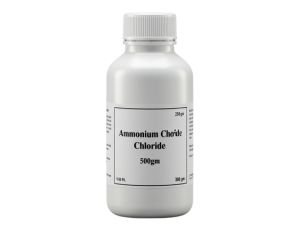

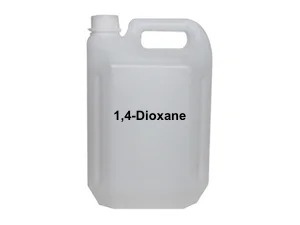
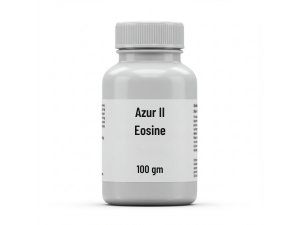
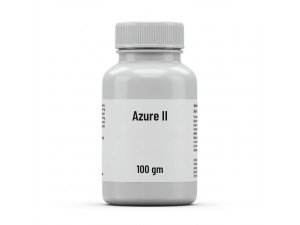
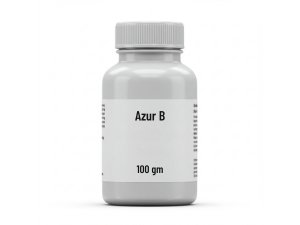
Reviews
There are no reviews yet.